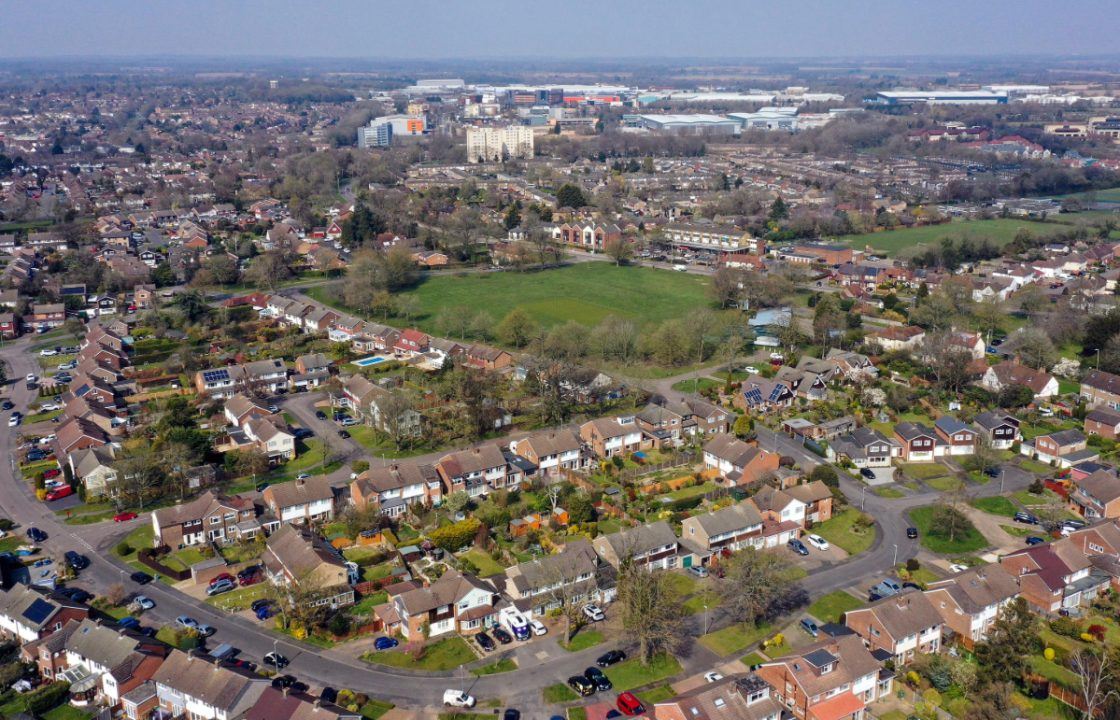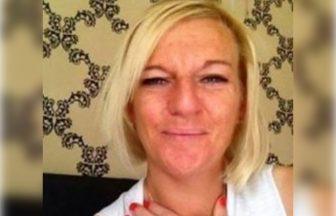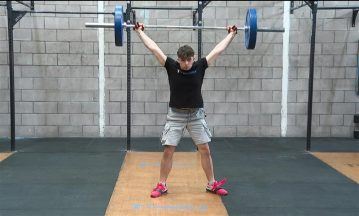The average price tag on a home has recorded its biggest new year bounce since 2020, according to a property website.
Across Britain, the average asking price for a home coming to market increased by 1.7% or £5,992 in January, Rightmove said.
This took the average asking price to £366,189, although this is still £8,942 below a record set in May 2024, reflecting affordability constraints, the website added.
The number of new properties coming to market, the volume of buyers contacting estate agents and the number of sales being agreed is ahead of the start-of-the-year period last year, the report said.
But uncertainties remain, including the pace and number of interest rate drops, “sticky” mortgage rates, and the impact of stamp duty changes from April, Rightmove said.
Rightmove anticipates the smaller-homes, typical first-time-buyer sector will be particularly affected.
From April 1 2025, the “nil rate” stamp duty threshold for first-time buyers will reduce from £425,000 to £300,000. Stamp duty applies in England and Northern Ireland.
Rightmove predicted that first-time buyers in less expensive parts of England will largely be unaffected by the stamp duty change, but it said the £300,000 threshold from April will act as a drag on the important bottom-of-the-ladder market in some more expensive areas to buy.
Some new year sellers may also find that they have been too optimistic on their initial pricing and get left on the shelf in favour of more competitively-priced neighbours, the website added.
Rightmove has forecast an average asking price increase of 4% across 2025.
Colleen Babcock, a property expert at Rightmove, said: “With lots of homes for buyers to consider, sellers will need to work even harder to stand out from the crowd and attract a buyer.
“This could be with a tempting asking price, standout home features, immaculate presentation of the home, or a combination of all of these.
“It’s vital that in a competitive market, sellers take on the recommendations of their agent, particularly when it comes to setting a realistic price.”
She added: “It’s important to look at the bigger market picture, despite the positive early lead indicators that we’re seeing.
“Many buyers are still affordability-stretched, with high mortgage rates restricting borrowing power and limiting what they can afford to pay.
“Meanwhile, first-time buyers have seen support schemes reduce and some also face higher stamp duty fees from April, all while contending with record rents and trying to save up for a deposit.
“Rightmove’s early-year snapshot shows a promising start to 2025. However, the market needs a boost for that momentum to be sustained, in the form of early and ongoing (Bank of England base rate) cuts, which should hopefully help to reduce mortgage rates.”
Jordan Halstead, CEO at Jordan and Halstead Estate Agents in Chester, said: “Sellers seem to be listening to our valuation recommendations more than previously, I think this is down to expectations being more realistic, and an understanding that mortgage costs are now much higher.”
Tom Bill, head of UK residential research at Knight Frank, said: “As rising mortgage costs start to bite, affordability will become a more important consideration for buyers.
“As demand spreads further around the UK, traditionally less popular locations will move onto the radar for more people. We would expect stronger price growth in more affordable areas, with demand underpinned by a higher concentration of needs-driven buyers.”
The research was released as property website Zoopla predicted that housing markets in Scotland and northern England will have the strongest prospects for house price growth in 2025.
In Scotland, the website highlighted housing markets in and around Glasgow as having strong prospects for house price growth, including the city itself as well as Motherwell, Paisley, Falkirk and Kirkcaldy.
In England, the strongest markets are Newcastle, Leeds, Stoke-on-Trent, Wigan and Carlisle, the website said.
Zoopla assessed various factors, including the affordability of homes, how fast properties are selling and how much asking prices are being cut by to attract demand.
It said southern England, where house prices are often higher, is continuing to adjust to the impact of higher mortgage rates.
House prices in Scotland are among the least expensive in the UK compared with incomes, Zoopla said – and homes there are often faster to sell.
In Wales, the markets with the strongest prospects are in southern regions, where there is a greater concentration of jobs and economic activity led by Cardiff and Newport, the research indicated.
Market conditions are less strong in mid- and northern Wales, where house prices rose very quickly during the coronavirus pandemic, Zoopla said.
The website also predicted that house prices in Northern Ireland will continue to increase quickly over 2025 as prices start to catch up with the rest of the UK.
Richard Donnell, executive director at Zoopla, said: “We expect average UK house prices to increase by 2.5% in 2025.
“Our analysis of key local market indicators reveals the areas where there is scope for increased numbers of home moves and house prices to increase at an above-average rate over 2025.
“While the outlook is best in Scotland and northern England, there is a spread right across the UK, reflecting the demand for and affordability of homes.”
Mr Donnell added that the prospects for price growth in London “are much improved on those over recent years”.
He said: “Serious sellers looking to move home in 2025 need to consider the local market fundamentals which will have an impact on how you price your home.
“Speaking to local agents is the best way to get insight into local conditions and how to price your home for a sale.”
Follow STV News on WhatsApp
Scan the QR code on your mobile device for all the latest news from around the country


 PA Media
PA Media




















